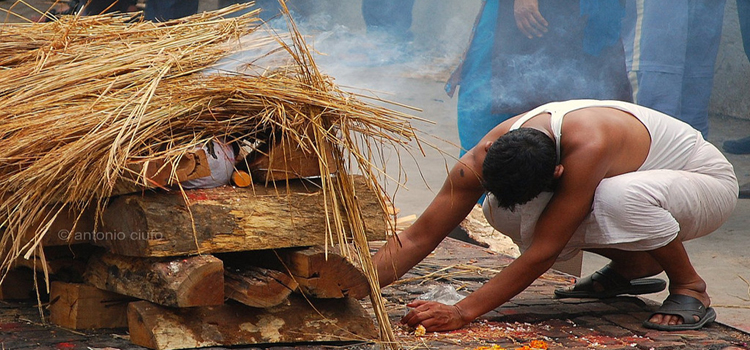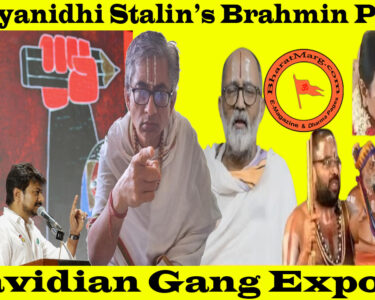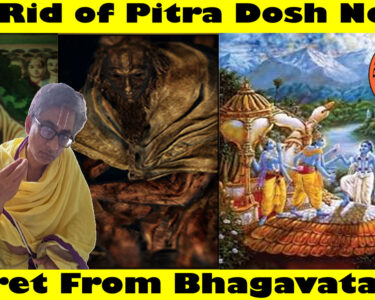Is it possible for a medically declared dead person to be alive and kicking? Yes, decreed the erstwhile Privy Council of England while disposing of a case known famously as the Bhawal Sanyasi Case. Bhaval (pronounced Bhowal) is a common surname of Bangladeshis.
The Council also recorded in its judgement in the case involving a Bengali prince delivered, on July 30, 1946 that the miracle happened by the benign grace of Baba Dharam Das, revered as Babaji. LWJ Costella, the senior judge of the three member bench observed in his judgment that “the Bhawal Sanyasi Case is perhaps the most interesting, sensational and strangest cases in any court of justice here or anywhere could have dealt with. It will be no exaggeration to say that this case is very perhaps the most famous one in the history of legal jurisprudence”.
D N Prit, the counsel who represented the prince in the Privy Council, remarked that “such cases of resurrection of the dead could happen only in India.”
It took 37 years of legal battle for the prince to finally establish that he indeed was the prince who everybody believed had died long back. How did he do it? Let us see.
What was East Pakistan was East Bengal before partition. After liberation, it is now called Bangladesh. Dhaka is its capital. Twenty miles north of Dhaka is the district of Gazipur. Before partition it was called Joydebpur. The region rich in ancient tradition and customs was once nudged in the deep jungles of Bhowal Pargana. Though the old name has changed, there is a railway junction named Joydebpur Junction.
Joydebpur had been the capital of the Bhowal pargana. People called its king as Bhowal King .The kingdom boasted of horse and elephant stables, auditoria, theatres and even a mini zoo.
The king had three sons and a daughter. Ramendra Narayan Roy Chowdri Regarding the family name, long before the beginning of British Raj in India ’Baro Bhuiya’-12 great land lords- ruled over the lands. The Bhawals were descended from one of the Baro Bhuiyan families. There was a custom among the Zamindari families of those days of acquiring from the British, high sounding titles like Roy, Chatterjee, Banerjee etc., and Ramendra Narayan Roy’s surname of Roy was in fact a title. His original surname was Bhawal..Ramendra Narayan Roy Chowdri, our hero, was born on 2 July 1884.
The more comforts Ramendran and his brothers enjoyed, the less they were interested in education. Many teachers were hired and a big portion of the state income was spent to bring them up to the level of just learning to sign their names!
With the passing away of his father when Prince Ramendran’s was seventeen, the brothers felt rid of their controls. Ramendra Narayan Roy, spent most of his time hunting, horse riding, in festivities, and with wine and women, having several mistresses
Ramendran was married next year to a thirteen year old girl. But that did not appear to deter Ramendran from his libidinous activities. By 1905, he was said to have contracted syphillis. He was taken to Calcutta for treatment by his brother-in-law Satyendranath Bannerji and the palace physician Ashuthosh Gupta.
In 1909 he went to Darjeeling for convalescence, accompanied by his wife Bhibhabati Devi, her brother Satyendranath Banerjee, and a large retinue. He developed severe diaorrhea. After fighting with his diseases for three weeks, Ramendran was reported to have died there at the age of 25. The physician Asutosh Gupta and the Darjeeling city civil surgeon Lt. Col. Calvert reporting the demise to have occurred at midnight of 8th May 1909 issued a certificate of death due to biliary colic (gallstones).
Customary funerary rites were performed and his body was supposedly cremated in the nearby rivulet bank in Darjeeling. As the funeral pyre was lit, suddenly there was a heavy downpour. Unable to withstand the storm, the brother-in-law and others fled to seek shelter. Only a few loyal palace guards remained braving the hailstorm. The floods from the swollen river swept the funeral pyre and the body reportedly disappeared with the surging waters. Some bravely swam in search of the body but in vain.
—–
Written by Dravida Maayai Subbu along with Sri Rajagopalan Venkatachary





2 Comments